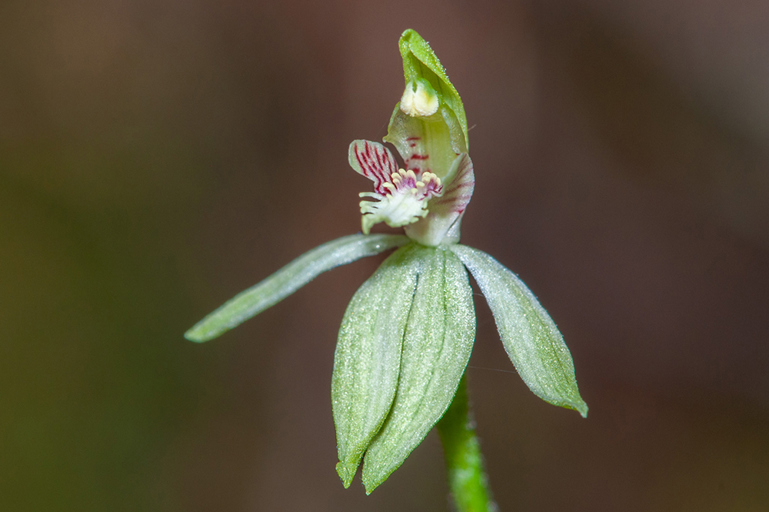Story
Orchid flowering season
October brings warmer weather to Taitokerau and with it a phenomenon small in stature but big on beauty to one of our most iconic ecosystems. Welcome to the start of the orchid flowering season in Northland’s gumlands.
Gumlands are a defining characteristic of our region, being uniquely associated with ancient kauri forests. They were formed on the top of hills and are totally reliant on rainfall as a water source, so are often parched in summer and saturated in winter.
Having once drawn thousands of settlers to seek their fortune digging kauri gum, the gumlands play an important role in settler history. Previously very common in Northland, most gumlands have now been cleared and developed. Those that remain are often dismissed as worthless scrub, but a closer look reveals a unique community of plants that thrive on low fertility soils, including short mānuka, wīwī (sedges) and tangle fern, as well as a treasure trove of native orchids.
Taitokerau has more than 70 native species of orchid, including at least four having unfortunately become extinct in the region due to habitat loss, with peak flowering season from October through to December. Orchids occupy many habitats from forests, to wetlands, sand fields and gumlands. Their tiny flowers pack an awesome visual punch, with incredible variety and fantastic names; there’s a potato orchid, a duckbill orchid, a slender onion orchid, all of which can be found in Northland, as well as numerous sun orchids, including Thelmitra “Ahipara” (sun orchid “Ahipara”), which is nationally critical and only found in the Far North on old kauri soils.
“These beautiful plants flourish in unexpected places that are often overlooked, such as disturbed roadsides and gumlands that are dismissed as infertile scrub. A particular delight for me are the sun orchids on Mount Parihaka. We are so fortunate to have such an incredible range of native orchids in Taitokerau,” Northland Regional Council, Biodiversity Manager Lisa Forester said.
Ms Forester said it was very important to emphasise that wild orchids should not be picked or dug up to be transplanted into domestic gardens, where they would be highly unlikely to survive and encouraged people to simply enjoy their beauty in their natural surroundings.
“They are a treasure to be discovered and enjoyed and then left alone to flourish. It’s up to all of us to respect our native environment if we want to continue to enjoy such beautiful taonga as wild orchids.”
More information can be found at: nrc.govt.nz






